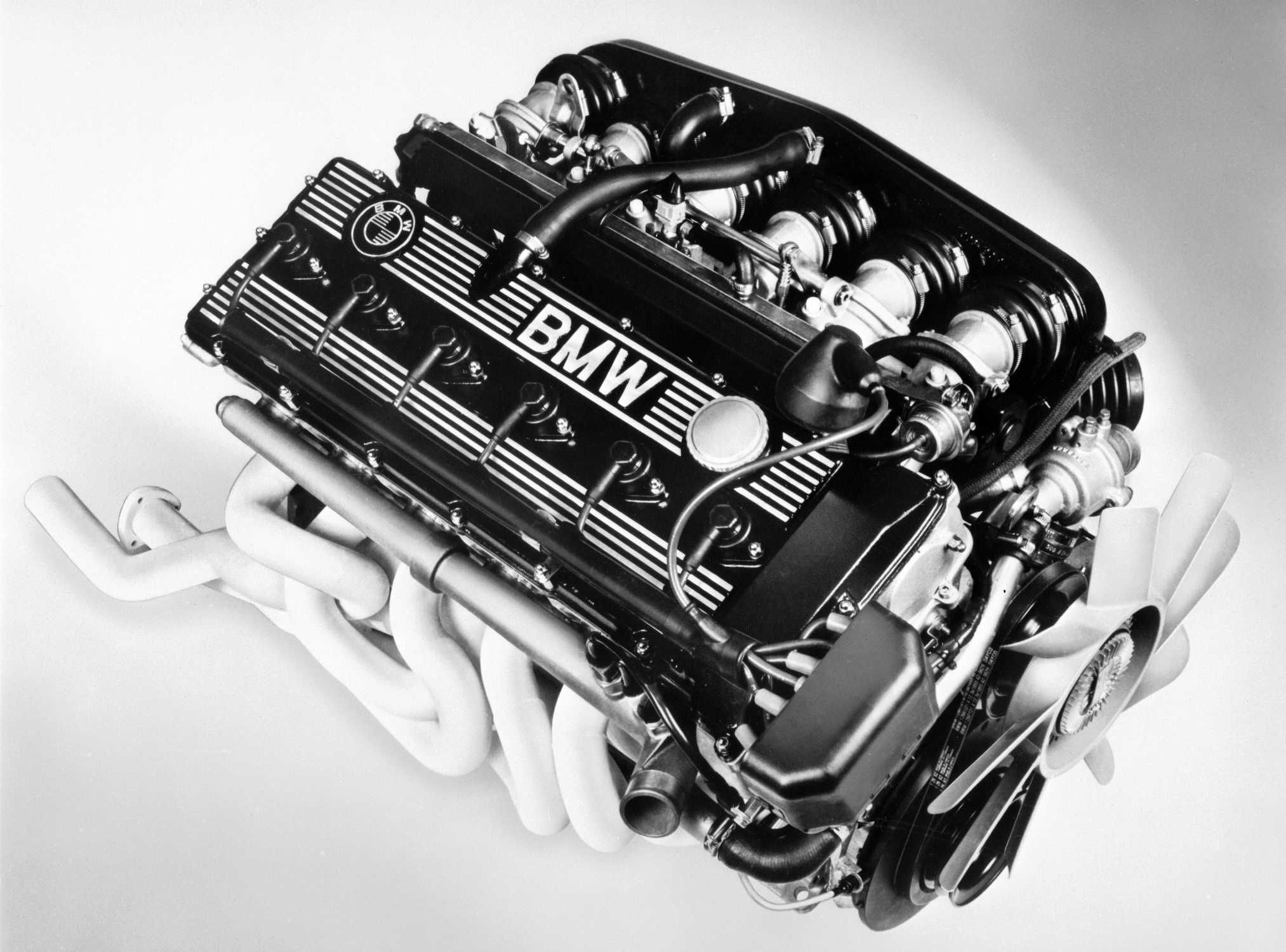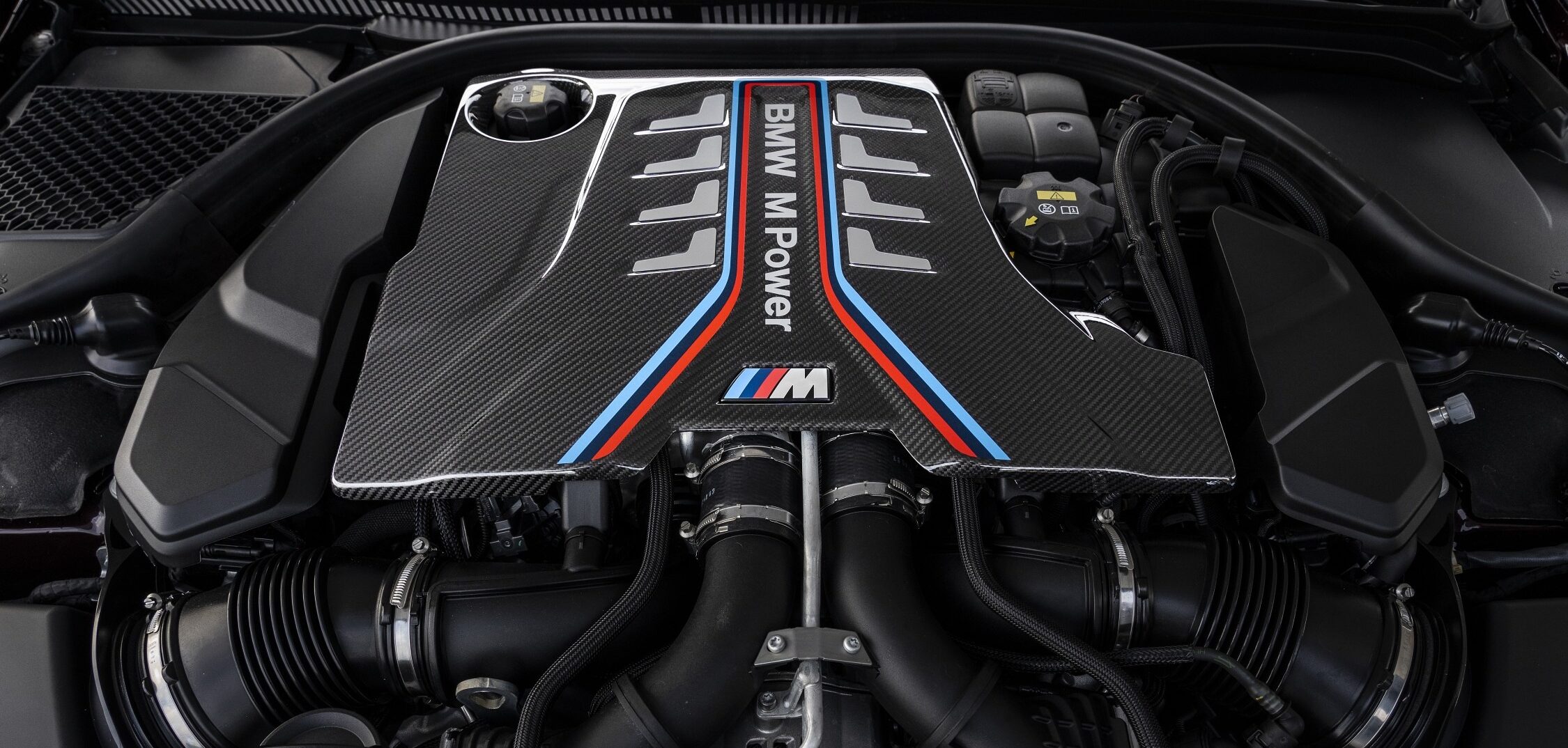Discovering the Advancement of Burning Engines in Modern Transport Systems
As we browse the landscape of modern-day transportation, the development of burning engines stands as a testimony to human resourcefulness and design prowess. From their humble starts to the innovative giants driving vehicles today, combustion engines have actually gone through an amazing trip of innovation and adjustment. Comprehending the ins and outs of this development not just clarifies the past yet additionally paves the method for picturing what exists in advance in the realm of transportation modern technology. The interplay of history, modern technology, and ecological issues in forming the trajectory of combustion engines develops a story that is both engaging and insightful.
Early Beginnings of Combustion Engines
Just how did the principle of combustion engines first emerge in the very early stages of transportation growth? The roots of burning engines can be mapped back to the 17th century when the concepts of internal combustion were very first discovered. In 1673, Christian Huygens conceptualized a basic interior burning engine that used gunpowder to create power. Nonetheless, it wasn't until the late 19th century that sensible applications of burning engines in transport began to emerge.
The development minute included the creation of the very first effective gasoline-powered engine by Karl Benz in 1885 - bmw engine. This engine paved the means for the growth of the modern car, revolutionizing transportation systems worldwide. Succeeding technologies by Nikolaus Otto and Gottlieb Daimler even more fine-tuned combustion engine modern technology, resulting in the automation of vehicles and the quick development of the transportation industry
These very early burning engines were characterized by their simplicity and effectiveness, laying the structure for the complex and effective engines used in modern-day transportation systems. The development of burning engines has actually contributed in shaping the method we travel and transport goods, noting a considerable turning point in the background of transportation growth.
Shift to Internal Combustion Technology
The transition to internal combustion technology marked a pivotal shift in the advancement of transportation systems. This shift started in the late 19th century, with developers like Nikolaus Otto and Gottlieb Daimler establishing the first effective internal combustion engines. These engines revolutionized transportation by using a much more efficient and powerful alternative to steam engines and electrical motors.
One of the vital advantages of interior combustion engines was their capability to be reduced to match cars, leading to the advancement of motorbikes and automobiles. This shift from large, stationary engines to compact, mobile ones paved the method for the modern-day transportation systems we see today.
The shift to interior burning technology likewise stimulated improvements in gas modern technology, resulting in the development of fuel and diesel as primary gas sources for automobiles. This change not just made transportation more easily accessible to the masses yet additionally laid the foundation for the oil and gas sector to become important to worldwide economic situations.
Effect of Combustion Engines on Transport
The fostering of combustion engines in transportation systems militarized a profound shift in the performance and speed of worldwide movement. Burning engines reinvented transport by providing a functional and reputable source of power for different vehicles, including cars, ships, vehicles, and aircrafts. This advancement substantially boosted the capability for individuals and products to relocate over cross countries in much shorter period, causing increased connectivity between regions and nations.
Additionally, the widespread use burning engines has had a substantial impact on economic growth. The capability to move items efficiently has actually stimulated trade and business, permitting businesses to increase their markets and reach customers worldwide. This has helped with economic growth and globalization, as products can currently be delivered quicker and in larger quantities than in the past.
Nonetheless, the ecological effect of burning engines can not be neglected. The combustion of nonrenewable fuel sources has actually resulted in air contamination and greenhouse gas emissions, adding to climate adjustment and presenting health threats to populations. bmw engine. Consequently, there is a growing focus on creating different propulsion modern technologies to mitigate these unfavorable effects and create an extra sustainable future for transport
Advancements in Burning Engine Layout
One noteworthy innovation is the development of turbocharged engines, which use exhaust gases to drive anonymous a turbine that presses incoming air, allowing for even more gas to be scorched, resulting in boosted power result without a significant boost in engine size. Variable valve timing systems have actually also revolutionized engine style by maximizing airflow at different engine rates, enhancing both power and effectiveness. These innovations collectively contribute to the continuous renovation of combustion engines in modern-day transport systems.
Future Fads in Burning Engine Growth
With innovation developments driving continuous development, the future of burning engine growth is positioned to change transportation systems around the world. One of the key patterns in combustion engine advancement is the push towards higher performance and decreased discharges.
Another famous trend is the fostering of crossbreed innovations in combustion engines. Hybrid engines combine traditional combustion modern technology with electrical power, offering improved gas efficiency and reduced emissions. As the automobile sector shifts towards electrification, hybrid combustion engines are viewed as a transitional option that links the void between conventional lorries and totally electric ones.
Furthermore, the combination of clever modern technologies, such as expert system and data analytics, is expected to play a substantial duty in the future of burning engine development. These innovations can optimize engine efficiency in real-time, resulting in extra effective combustion processes and boosted total automobile performance. Embracing these future patterns will not just drive innovation in combustion engine development however additionally add to an extra eco friendly and sustainable transportation environment.

Verdict
In verdict, the evolution of burning engines in modern transportation systems has actually been noted by considerable innovations in technology and style. From the early starts of burning Source engines to the transition to interior combustion technology, these engines have had an extensive impact on transport.
The roots of burning engines can be traced back to the 17th century when the concepts of inner combustion were very first checked out. These engines changed transport by supplying an extra efficient and effective option to vapor engines and electrical motors.
